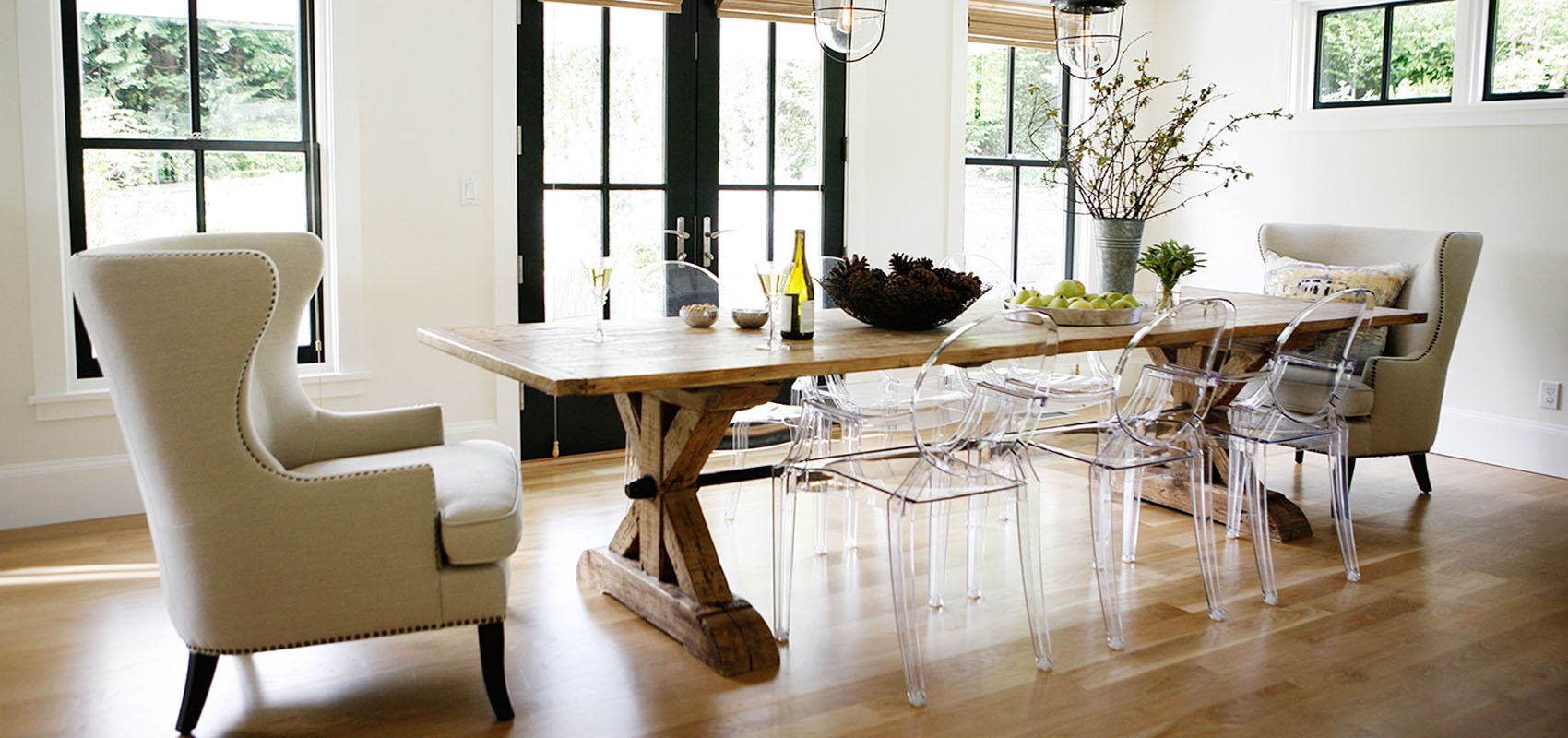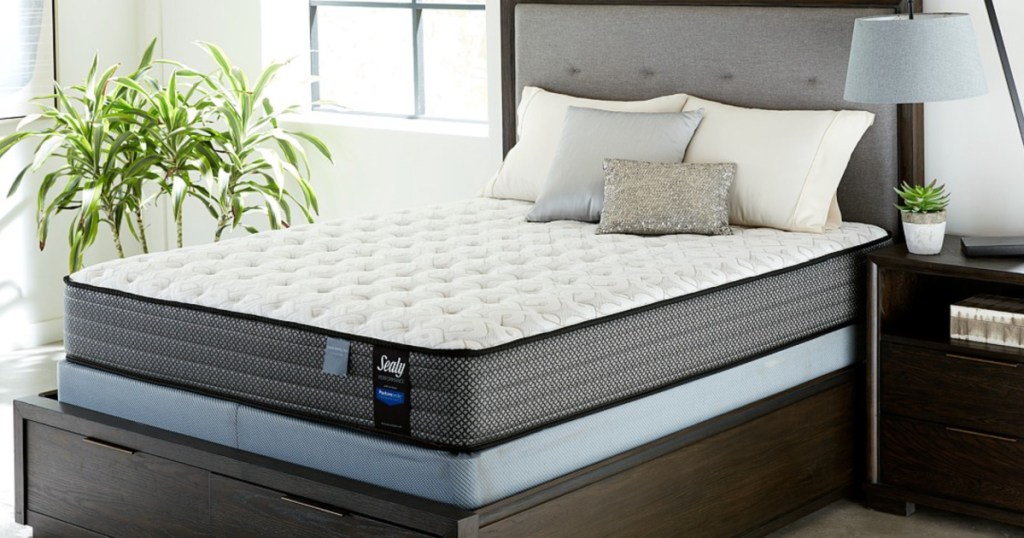Geothermal house design is something that should be taken into consideration when planning to build a home or upgrade an existing one. Geothermal systems provide home-owners with a natural way of heating and cooling their home while contributing to the reduction of energy consumption. Design principles, multiple considerations, and engineering are all involved in geothermal design. This design involves an extra layer of engineering to work with the ground beneath a structure, the concept of thermal mass, and creating air circulation patterns. Factors such as the region’s climate, energy efficiency, and maintenance requirements should all be taken into account when designing a geothermal house. Geothermal uses the consistent temperatures of the earth’s surface to provide air-conditioning and heating both cost effectively and efficiently. Knowing the basics of how geothermal systems work is integral in order to design a home that can benefit from the energy savings that geothermal provides.Geothermal House Design Considerations
A geothermal design is a cost-effective choice when considering general energy costs. The upfront cost of installation can be high, however, the energy cost savings can be substantial when considering the long-term effects of the installation. Geothermal systems pump energy from the ground and use it to air condition and heat the home during the various seasons. The geothermal system is designed to efficiently pump the energy to maintain the desired temperature in the home while using less energy than traditional HVAC systems. Aside from energy savings, geothermal systems last longer and require very little maintenance. This reduces the need to replace them as soon as traditional units. Geothermal units are a beneficial choice for home-owners that are looking to save money on energy costs in the long run.Cost-Effective Geothermal House Design
Geothermal house designs can be essential components of cold climates. Design strategies should be taken into account to make sure the home is adequately insulated and designed for efficient energy use. Landscaping is a large component of geothermal house design in cold climates. The location of trees and shrubs is crucial and can help reduce building heat loss in the coldest months. Installing a ground source heat exchanger in the soil before building a home is also an important consideration. This will allow the system to absorb and store energy from the soil so that it can be efficiently used for heating the home. The importance of a sealed building envelope and negative pressure testing to make sure it is properly sealed is especially important for colder regions.Geothermal House Design Strategies for Cold Climates
Geothermal house designs require an understanding of the basics of how geothermal HVAC systems work. Professionals have the experience and knowledge to be able to properly design a home to benefit from the energy savings of a geothermal system. Geothermal HVAC is a system that takes advantage of the earth’s energy to provide a natural form of heating and cooling. The system takes the energy of the soil and transfers it to a geothermal heat pump, which is then used to provide air conditioning and heat the home. Geothermal house designs should take into account the region’s needs for different temperatures year-round. Different climates need to be designed differently to take advantage of the abundance of the earth’s energy and offer homeowners energy savings. In addition, homeowners should consider the efficiency of the system they choose and the cost of the installation.Geothermal House Design Basics
When designing a geothermal system for new house construction, renewable energy sources should be taken into consideration. Solar and wind energy can be integrated into the system to reduce reliance on traditional energy sources. A combination of these energy sources allow homeowners to create a hybrid geothermal system that maximizes efficiency. The design of the house should also be considered when constructing a geothermal system incorporating renewable sources. Proper orientation, insulation of the walls and roofs, ventilation, and window placement are all aspects of home design that will bring the best out of a geothermal system combined with renewables.Integrating Renewable Energy into Geothermal House Designs
When designing a geothermal house, it should be a top priority that the design maximizes the efficiency of the system. Professional designers and installers are necessary to evaluate the structure and plan the system’s layout. The design should include the placement of pipes as well as the sizing and calculation of energy sources. The design needs to be specifically tailored to the home or building being upgraded to ensure the best energy performance and result. The ground source heat pump and necessary components must also be chosen for the design. The components must provide enough energy capacity to handle the structure’s thermal needs while also helping maintain an optimal temperature in different temperature conditions. Proper sizing and evaluation is essential in achieving an optimal geothermal system.Maximize Efficiency in Geothermal House Designs
Energy efficiency in a geothermal house design is a key goal in creating a successful structure. The design should consider insulation of the floor, walls, and roofs as well as the window and ventilation system. Sealing the building envelope is also necessary for maximizing the energy efficiency of the building. The home’s indoor environment should also be taken into consideration for energy savings. Many factors play a role in creating an efficient home, such as low-emission materials, air quality, temperature, light levels, and more. Proper and informed geothermal design strategies are needed in order to achieve a high-performing and energy-efficient geothermal house.Energy-Efficient Geothermal House Designs
Designing a sustainable geothermal home is an important factor for building an efficient and self-sustaining environment. Basic sustainable design strategies such as recycling resources, increasing natural lighting, providing natural ventilation, and utilizing renewable energy sources are all key components of a successful geothermal house design. Other design elements such as proper insulation, making use of natural cooling and heating principles, and using greener materials can help add a significant level of sustainability. Utilizing skylights or solar tubes is also beneficial for utilizing natural light and energy while simultaneously increasing the sustainability of a geothermal home.Designing a Sustainable Geothermal Home
Alternative heating systems are available to incorporate into geothermal housings. They include radiant heating, solar heating, and water source heat pumps. These systems are ideal for areas with abundant direct sunlight or any area with a reliable water reservoir. Each alternative heating system provides a different benefit and should be evaluated by a professional in order to decide the best system for the project. Radiant heating systems are ideal for areas that have a need for direct floor or wall heating. Solar heating is beneficial for areas with direct sunlight that can be used to generate energy for heating and cooling the house. Water source heat pumps absorb energy from water reservoirs and can be used in addition to a traditional geothermal system for added energy savings.Alternative Heating Systems for Geothermal House Designs
A LEED certified geothermal house is an effective way to build a home that is both earth-friendly and energy-efficient. Implementing LEED certification into a geothermal house design is beneficial for the homeowner and the environment. A LEED certified home ensures that the construction and materials used are efficient, healthy, durable, and safe. When designing a LEED certified house, it is important to consider energy use and efficient building techniques. A blower door test should be utilized to make sure the building’s building envelope is properly sealed, and the appropriate materials should be selected for efficient insulation. Careful planning of the HVAC and geothermal system is paramount in achieving the best performance energy-wise. Each of these components should be considered to meet LEED standards.How to Design a LEED Certified Geothermal House
When considering a high-performance geothermal design, the components of the home design should take into account the environment and the constraints of the building’s location. Passive solar principles, building orientation, and planning a large south-facing window are all factors to take into account. Proper insulation of walls, floors, and roofs is also essential to making sure there’s no leaking of air from the structure. With proper planning and building design, homeowners can reduce the need for mechanical systems. The advantage of this is that the amount of energy required to heat and cool a geothermal house can be decreased substantially. Geothermal designs can facilitate natural cooling and heating by taking advantage of the properties of the ground beneath the home.How to Design a High-Performance Geothermal House
Geothermal House Design: Advantages and Challenges
 Geothermal
house design
is an increasingly popular choice for homeowners who want to reduce their environmental footprint and cut down on energy costs. The process involves burying pipes in the ground to draw out the naturally cooler temperatures and using them to either heat or cool a home. But when it comes to geothermal house design, there are both advantages and challenges that come along with it.
Geothermal
house design
is an increasingly popular choice for homeowners who want to reduce their environmental footprint and cut down on energy costs. The process involves burying pipes in the ground to draw out the naturally cooler temperatures and using them to either heat or cool a home. But when it comes to geothermal house design, there are both advantages and challenges that come along with it.
Advantages of Geothermal House Design
 The main advantages of geothermal house design are that it is a renewable and sustainable energy source. Not only is it better for the environment than traditional fossil-fuel gas or oil heating and cooling systems, but it is also much more efficient. During the summer months, a geothermal system can provide up to 30 percent more cooling than standard air conditioning systems. Additionally, geothermal house design can substantially reduce energy bills over time, making it a great option for those looking to save money on their monthly energy costs.
The main advantages of geothermal house design are that it is a renewable and sustainable energy source. Not only is it better for the environment than traditional fossil-fuel gas or oil heating and cooling systems, but it is also much more efficient. During the summer months, a geothermal system can provide up to 30 percent more cooling than standard air conditioning systems. Additionally, geothermal house design can substantially reduce energy bills over time, making it a great option for those looking to save money on their monthly energy costs.
Challenges of Geothermal House Design
 The biggest challenge to geothermal house design is that it requires a large upfront cost. In order for a geothermal system to be properly installed, a series of pipes must be buried underground. The depth and amount of piping that is needed is dependent on the size of the home, but generally speaking the upfront costs can range from $10,000 to $20,000. This may make geothermal house design more cost-prohibitive for some homeowners.
The biggest challenge to geothermal house design is that it requires a large upfront cost. In order for a geothermal system to be properly installed, a series of pipes must be buried underground. The depth and amount of piping that is needed is dependent on the size of the home, but generally speaking the upfront costs can range from $10,000 to $20,000. This may make geothermal house design more cost-prohibitive for some homeowners.
Conclusion
 Geothermal house design is an energy efficient and sustainable option for those who are looking to reduce their energy bills and help the environment. While there is an initial investment that needs to be made, in the long run it can pay for itself and provide a home with steady heating and cooling temperatures for years to come.
Geothermal house design is an energy efficient and sustainable option for those who are looking to reduce their energy bills and help the environment. While there is an initial investment that needs to be made, in the long run it can pay for itself and provide a home with steady heating and cooling temperatures for years to come.


























































